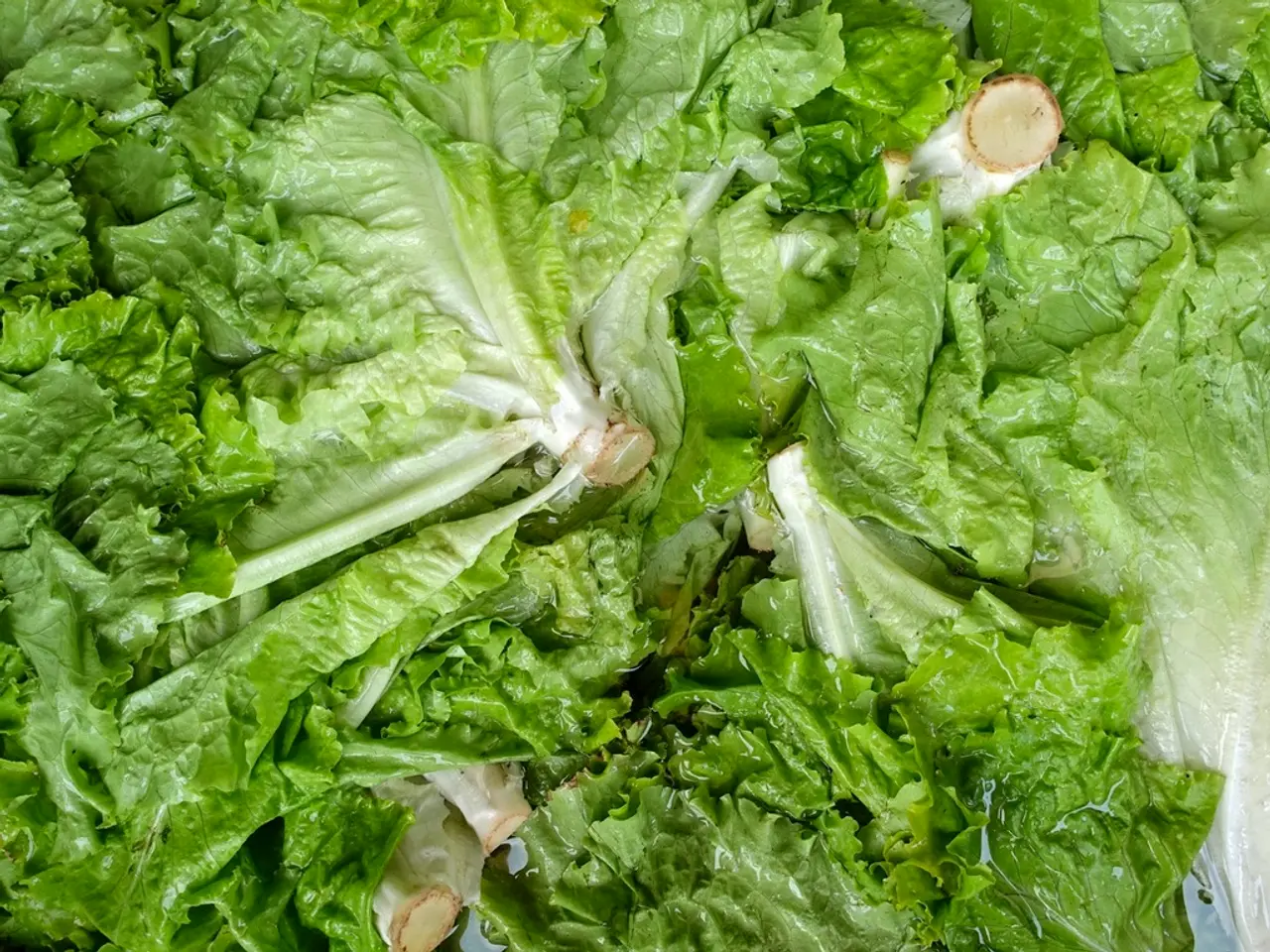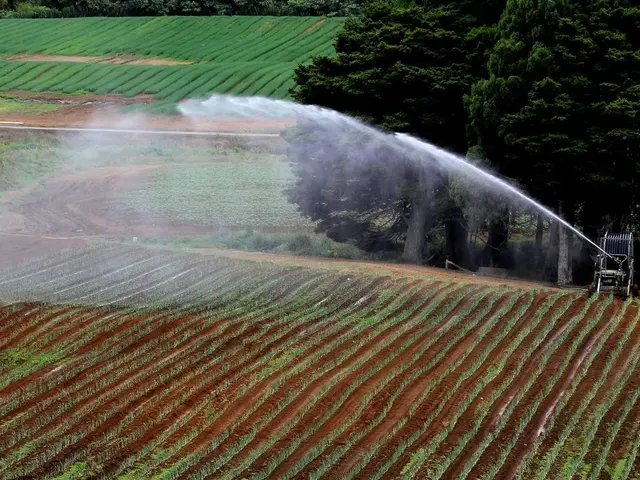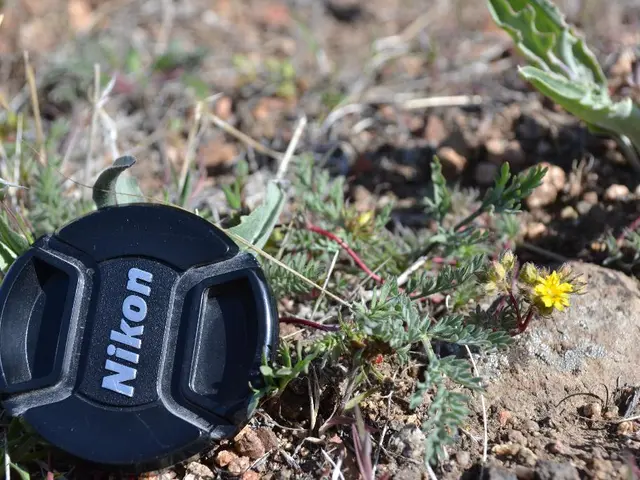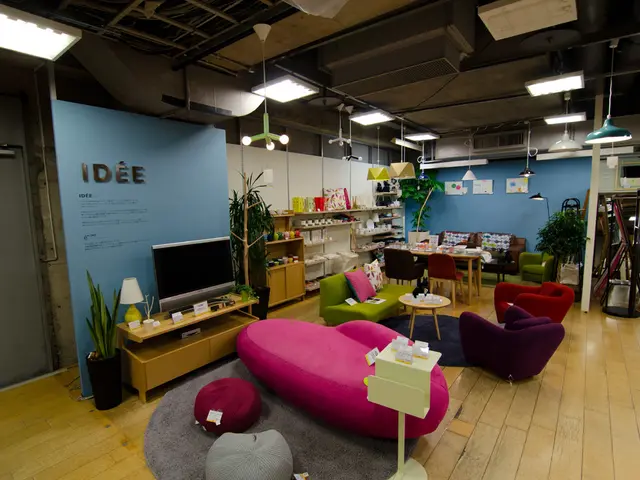Methods for Lettuce Cultivation
Lettuce, a staple in salads and sandwiches, is not only easy to grow but also adaptable to different soil conditions and climate variations. This article provides a step-by-step guide on how to cultivate lettuce successfully in various environments.
**Soil Conditions**
Lettuce prefers loose, fertile, and well-drained soil. To achieve this, mix compost or organic matter into the soil to help retain moisture and provide essential nutrients. Maintain a soil pH between 6.0 and 7.0, which is ideal for nutrient uptake. In light or sandy soils, ensure good drainage by incorporating organic matter like compost or vermicompost. For heavy clay soils, add organic matter to improve drainage and structure.
**Climate Variations**
In hot weather, provide some afternoon shade to prevent bolting (premature flowering). Use heat-resistant lettuce varieties such as 'Summer Bibb', 'Adriana', 'Coastal Star', and 'Red Cross'. In cool seasons, lettuce thrives in full sun during spring and fall. In colder climates, select a south-facing location to maximise sun exposure.
**Additional Tips**
Ensure the soil has adequate nitrogen and potassium, as lettuce requires these nutrients for healthy growth. Consistent moisture is crucial, but avoid overwatering, which can lead to root rot. Companion planting with herbs like thyme, oregano, basil, or alongside vegetables like tomatoes and peppers can enhance growth and deter pests. Regularly inspect for pests like caterpillars, aphids, and maggots, and use organic pest control methods when necessary.
For a steady supply of lettuces, sow seed every 14 days from March through to September. Sow lettuce seeds thinly along a 1cm deep drill (trench) in soil or cover seeds thinly with soil or vermiculite when sowing in the ground. Thin out lettuce seedlings when they're big enough to handle, leaving them 10-20 cm apart.
When growing lettuce in pots, scatter seeds sparingly over the surface of moist, peat-free seed compost. 'Mascara', a lettuce variety with frilled, oak-leaf shaped, deep red leaves that are slow to bolt, is well-suited for container gardening. 'Winter Gem', a mini cos-type lettuce, is mildew resistant and suitable for growing over winter if protected from frost. 'Little Gem', a compact, dark green, sweet, and crunchy lettuce variety, is another great option. 'Salad Bowl' is a non-hearting lettuce variety that crops all summer long, picks leaves as needed, and is slow to bolt. 'Mortarella', a romaine-type lettuce with rich green leaves, is another variety to consider.
To prepare lettuce, separate the leaves, wash them in cold water, and shake dry. Store lettuce in the salad drawer in the bottom of the fridge for a few days to keep fresh. Downy mildew fungus can ruin a lettuce crop, particularly in wet weather towards the end of the summer; avoid splashing the leaves when watering and ensure good air circulation by spacing plants far enough apart. Row spacing for lettuce is 15 cm apart and 30 cm between rows.
By following these guidelines, you can grow lettuce successfully in a variety of conditions, providing you with a constant supply of crisp, fresh greens for your meals.
nurturing lettuce plants in your home-and-garden, particularly in a container, can be an enjoyable and rewarding gardening experience, with lettuce varieties like 'Mascara', 'Winter Gem', 'Little Gem', 'Salad Bowl', and 'Mortarella' being well-suited for container gardening. Additionally, upholding a balanced lifestyle incorporates the cultivation of fresh home-grown lettuce, which is beneficial for both your diet and well-being, considering its versatility in various home-cooked meals.




